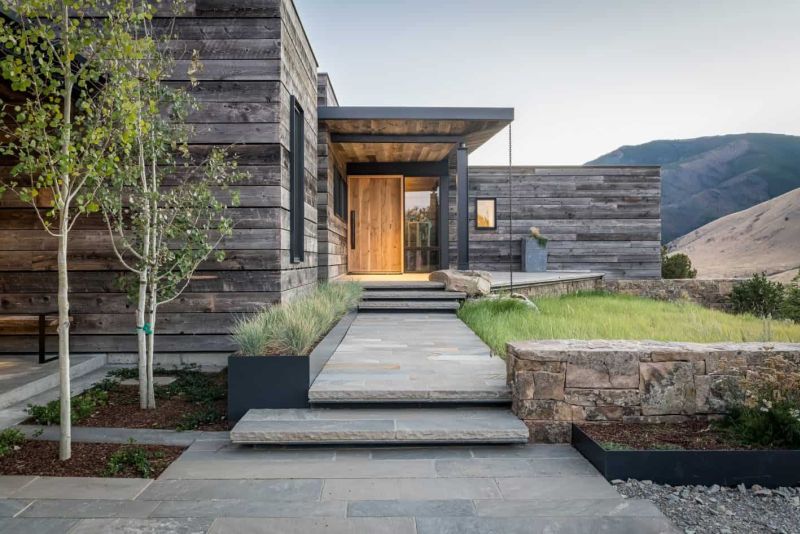Blistering Plaster
Exterior Plaster Problems
Is the exterior plaster on your walls blistering and falling off?
Many older homes were not equipped with weep screed which is a sheet metal flashing found at the transition of the bottom plate of your walls (usually 2×4 mudsill) and the top of the foundation (slab or footing). The weep screed serves four purposes:
1. A plaster ground which helps to gauge the thickness of the plaster as it is applied.
2. A waterproof flashing covering the gap between the foundation and the bottom plate of the wall.
3. A means to allow the plaster to release moisture that has been absorbed, hence the term “weep” screed.
4. Separation between the top of the foundation and finish grade (soil) or finish surface (hardscape).
Homes without weep screed are generally suffering from a saturation problem. The waterproof barrier (felt paper) and wire were usually applied to the wall in shingle fashion starting about 2″ below the bottom plate / foundation transition. This method usually served it’s purpose as a moisture barrier but would allow the plaster to come into contact with finish grade (soil). Because the plaster acts like a sponge and is in constant contact with the soil, it can never release the moisture and becomes saturated. The moisture pressures it’s way through the plaster creating blisters and finally the plaster falls off. Other noticeable problems are mold and mildew, not to mention rusting wire which breaks and causes the plaster to lose it’s support.
The solution is separation between the plaster and finish grade. The existing plaster will need to be chipped off the foundation to a level of about 4″ above the foundation / wall transition. This can be accomplished with a small chipping gun but be careful not to damage the felt paper moisture barrier. After the plaster is removed, pull the nails securing the stucco wire to the wall and gently pull the felt paper loose. Now slide the weep screed under the paper so that the top is even with the top of the base plate. Secure the weep screed with galvanized nails (1 A�” roofing nails work well for this) and re-nail the stucco wire with firring nails. Using an approved sealant, be sure to seal any holes that were made in the felt paper before proceeding with the plaster patching operation. Now apply the patching material. Generally for a patching operation, it is best to use a fast set material such as diamond wall. This way you will be able to complete the scratch and brown coat on the same day. After a couple of days you can apply the final color coat.

